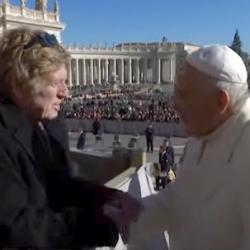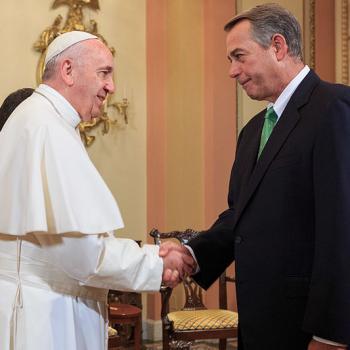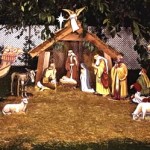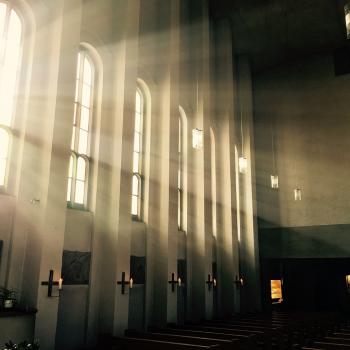The good folks at Pew offer this demographic snapshot of the country Pope Francis will be visiting next week:
Today, immigrants make up a considerable share of Catholics, and many are Hispanic. At the same time, there has been a regional shift, from the Northeast (long home to a large percentage of the Catholic faithful) and Midwest to the Western and Southern parts of the U.S.
Our research also has documented the decline of Catholics as a share of the U.S. population. Still, roughly one-in-five U.S. adults say their primary religious affiliation is with the Catholic Church. Here are a few key demographic characteristics of the American flock that Pope Francis will find when he visits the U.S. for the first time, based on data from 2014 Religious Landscape Study:
Catholics are more likely than other Americans to be immigrants or children of immigrants. Indeed, more than a quarter of U.S. Catholic adults (27%) were born outside the country, compared with 15% of U.S. adults overall; most of these Catholic immigrants (22% of all U.S. Catholics) are from elsewhere in the Americas.
As of 2014, an additional 15% of Catholic Americans have at least one foreign-born parent. That leaves 57% of Catholics who were born in the U.S. to two native-born parents. By comparison, nearly three-quarters (74%) of American adults overall were born in the country to two U.S.-born parents.
The share of U.S. Catholics who are Hispanic has grown by 5 percentage points since 2007 (from 29% to 34%), while the percentage of all U.S. adults who are Hispanic has grown by 3 points (from 12% to 15%). And the share of Catholics who are Hispanic is likely to continue to grow; among Catholic millennials, as many are Hispanic (46%) as are white (43%).
Over the last several years, the Catholic population in the U.S. has shifted somewhat from the Northeast and Midwest toward the South and West regions of the country. Catholics still are more heavily concentrated in the Northeast than are Americans overall (26% vs. 18%). But between 2007 and 2014, the shares of U.S. Catholics living in the Northeast and Midwest have each fallen by 3 percentage points (from 29% to 26% and from 24% to 21%, respectively). And the shares living in the South and West have each increased by 3 points (from 24% to 27% and from 23% to 26%, respectively).
Check out the rest.












